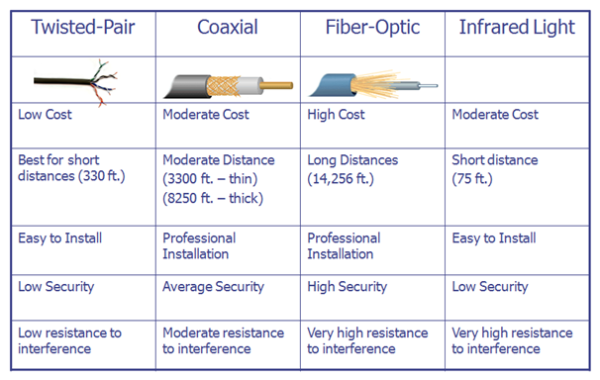Superposition Theorem
Superposition
technique is a method that is used in a circuit having multiple independent
sources. It is used to determine currents and voltages in a circuit, by
considering the contribution of one independent source at a time and then add
them up.
The superposition principle states that the
current across (or voltage through) an element in a linear network system is
the algebraic sum of the current across (or voltage through) that element due
to each independent source acting alone.
However, to apply the superposition
theorem, we should keep two things in mind:
(1)
We
consider one independent source at a time while all other independent source is
turned off.
(a)
Replace
other independent voltage sources by 0 V (or short circuits).
(b)
Replace
other independent current sources by 0 A (or open circuits).














